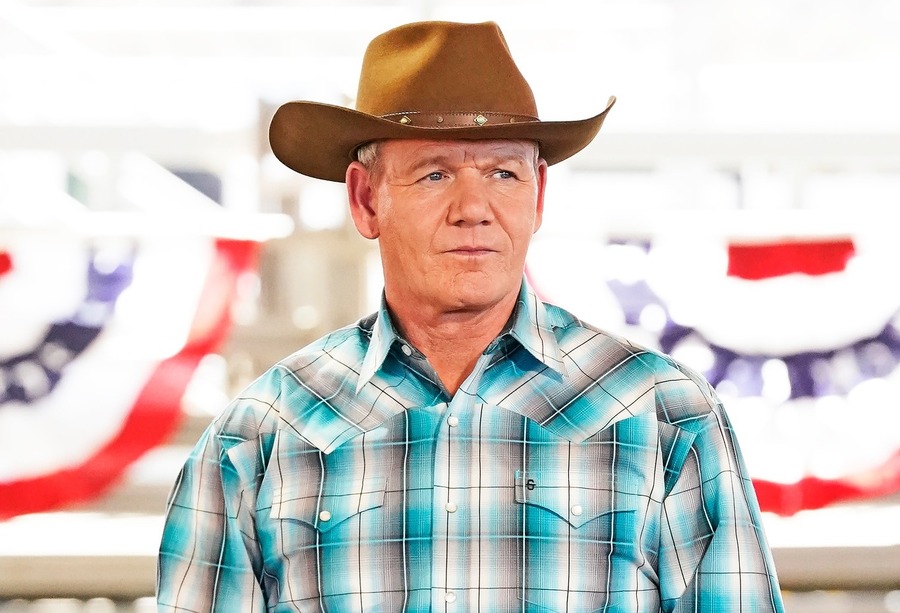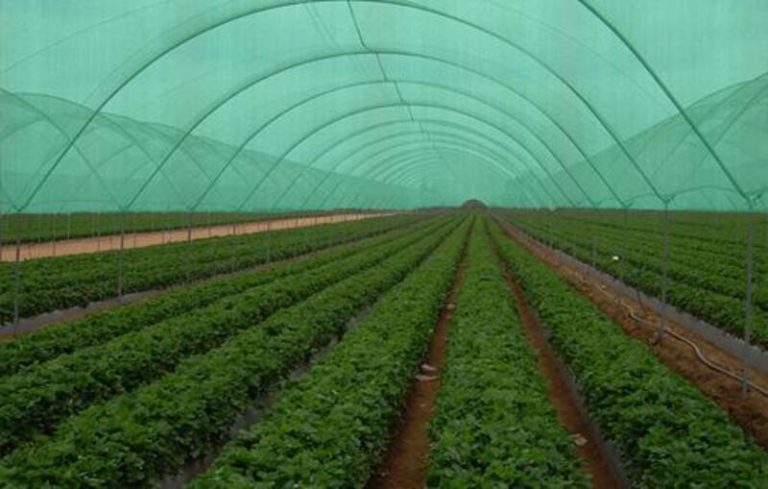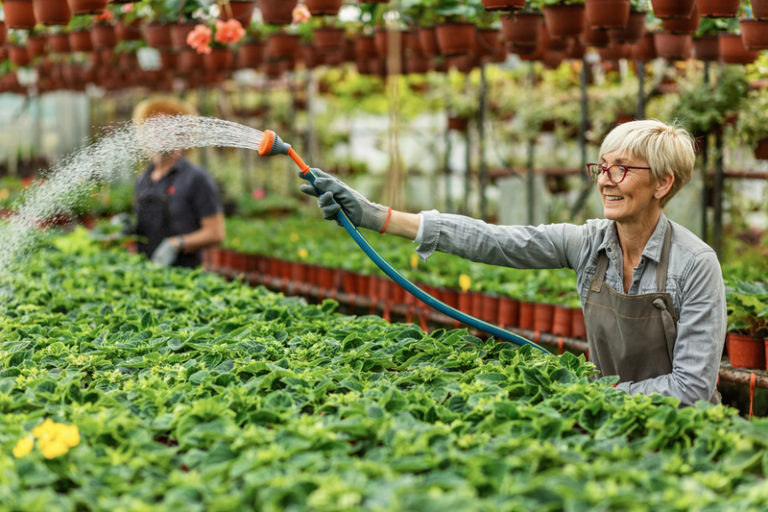Agriculture Hats: The Essential Farming Gear for Protection and Comfort
Farming is a hard job that requires farmers to spend long hours working outside in the sun. The sun’s harmful rays can cause severe skin damage, heat exhaustion, and dehydration.
As such, it is essential to protect oneself while working on a farm, and one of the best ways to do so is by wearing agriculture hats.
Types of Agriculture Hats
There are several types of agricultural hats available, each offering unique features and benefits.
Wide-Brimmed Hats:
These hats have a large brim that provides excellent sun protection for the face and neck. They are usually made of materials that let air pass through, like cotton or straw. This keeps heat from building up.
Baseball Hats:
These hats have a curved bill that shields the eyes from the sun and can be worn for extended periods. They come in different materials such as cotton, polyester, or mesh, allowing farmers to choose the one that suits their preferences.
Cowboy Hats:
These hats have a wide brim that protects the face and neck, and a high crown that provides extra shade. They are usually made of durable materials such as felt or leather, making them ideal for rugged outdoor use.

Straw Hats:
These hats are light and airy, which makes them a great choice for hot and humid weather. They are usually made of natural materials such as straw or raffia and come in different styles, such as boater or fedora. Straw hats keep farmers cool and comfortable by blocking the sun and letting air flow through.
Benefits of Wearing Agriculture Hats
Wearing agriculture hats is an essential part of protecting oneself while working on a farm. Agriculture hats provide several benefits, including:
Protection from the sun’s harmful rays: Prolonged exposure to the sun can cause severe skin damage and increase the risk of skin cancer. Agriculture hats with a wide brim provide excellent sun protection for the face and neck, reducing the risk of skin damage.
Protection from heat exhaustion: Working in hot and humid conditions can cause heat exhaustion, which can be dangerous if left untreated. Agriculture hats with breathable materials such as cotton or straw allow air to circulate, keeping the head and body cool and reducing the risk of heat exhaustion.
Protection from dust and debris: Farming activities can generate a lot of dust and debris, which can irritate the eyes and respiratory system. Agriculture hats with a curved bill or a wide brim provide extra protection for the eyes and face, reducing the risk of irritation and injury.
Increased visibility and safety: Agriculture hats with reflective materials or bright colors increase visibility and safety, making it easier for farmers to be seen by vehicles or other farm equipment.
Wearing agriculture hats is an essential part of protecting oneself while working on a farm. Agriculture hats provide protection from the sun’s harmful rays, heat exhaustion, dust, and debris, and increase visibility and safety. Choosing the right agriculture hat can make a significant difference in staying cool, comfortable, and protected while working outdoors.
Features to Consider When Choosing Agriculture Hats
Choosing the right agriculture hat is essential for protecting oneself while working on a farm. Here are some features to consider when choosing agricultural hats:
Material: The material of the hat can affect its durability, breathability, and sun protection. Cotton, straw, and felt are popular materials for agricultural hats.
Size and fit: A good agriculture hat should fit comfortably and securely on the head. Consider measuring the head’s circumference to ensure the right size and fit.
Brim size and style: The brim size and style can affect the hat’s sun protection and overall style. Wide-brimmed hats provide more sun protection, while baseball hats offer a more casual look.
Breathability: Agriculture hats made of breathable materials allow air to circulate and prevent heat buildup, reducing the risk of heat exhaustion.
Durability: Agriculture hats should be able to withstand rugged outdoor use and frequent washing.
Style and color: Choose a hat that suits your personal style and preferences. Some agricultural hats come in bright colors or reflective materials for increased visibility and safety.
UV protection: Look for agriculture hats with UV protection, especially if working for extended periods under the sun.
Choosing the right agricultural hat requires considering features such as material, size and fit, brim size and style, breathability, durability, style and color, and UV protection. By choosing the right agriculture hat, farmers can stay cool, comfortable, and protected while working on a farm.
Maintenance and Care of Agriculture Hats
Proper maintenance and care of agriculture hats are essential for keeping them clean, functional, and durable. Here are some tips on how to maintain and care for agricultural hats:
Regular cleaning: Agriculture hats should be regularly cleaned to remove dirt, dust, and sweat buildup. Use a soft-bristled brush or cloth to gently brush off any dirt or debris.
Spot cleaning: For stubborn stains or marks, use a damp cloth and mild soap to spot clean the affected areas. Avoid using harsh chemicals or bleach, as they can damage the hat’s material.
Air-drying: After cleaning, allow the hat to air-dry naturally. Avoid using a dryer, as the heat can shrink or damage the hat.
Storage: Store the hat in a cool, dry place to prevent mold, mildew, or damage. Avoid storing the hat in direct sunlight, as the UV rays can fade the hat’s color or weaken the material.
Shaping: To maintain the hat’s shape, use a hat stand or stuff the hat with tissue paper when not in use.
Maintenance: Agriculture hats should be maintained by regularly checking for any loose threads, broken seams, or damage. Repair any damage as soon as possible to prevent further damage.
Proper maintenance and care of agriculture hats can prolong their lifespan and keep them clean, functional, and durable. Regular cleaning, spot cleaning, air-drying, storage, shaping, and maintenance are all essential for keeping agriculture hats in good condition. By following these tips, farmers can enjoy long-lasting protection and comfort from their agriculture hats.
Conclusion:
Choosing the right Agriculture Hat depends on several factors, such as sun protection needs, personal style, and comfort preferences. Regardless of the type, a good agriculture hat should fit comfortably, provide adequate sun protection, and be durable enough to withstand rugged outdoor use.
Wearing an Agriculture Hat can make a significant difference in protecting oneself from the sun’s harmful rays, heat exhaustion, and dust and debris while working on a farm.
Also Read:
Potassium Polyacrylate: A Game-Changer for Drought-Prone Agriculture







